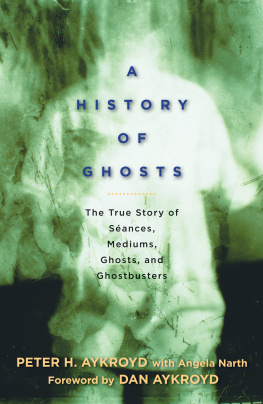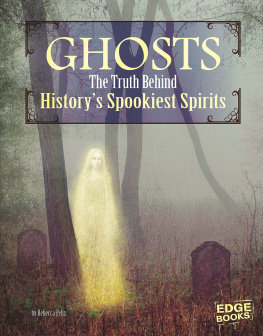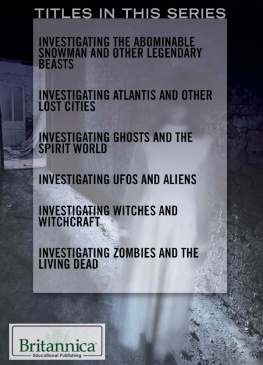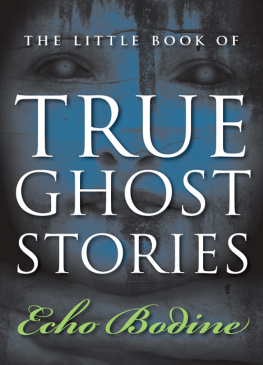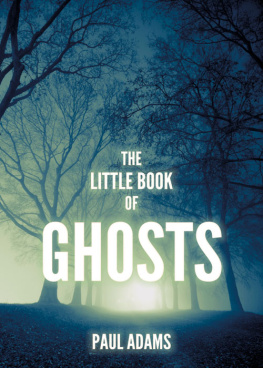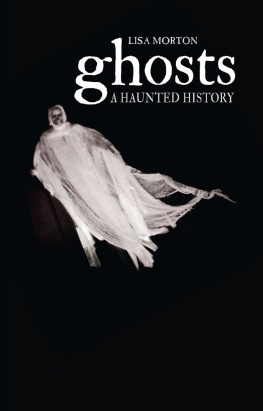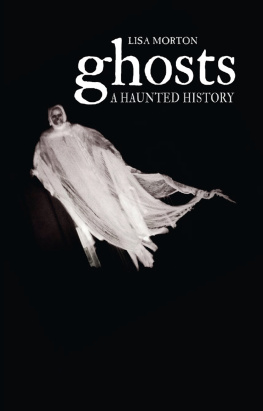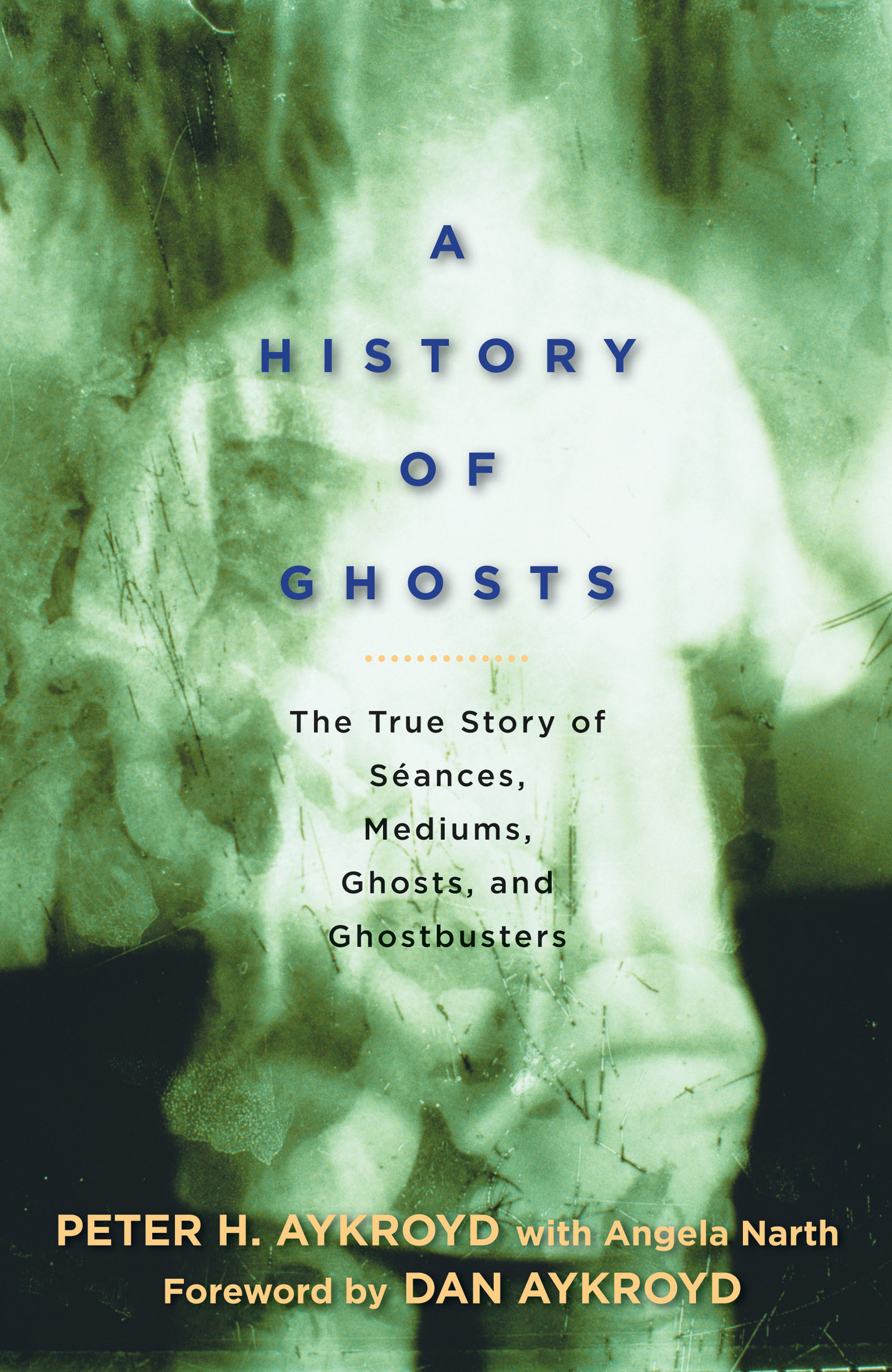It is well known that skilled mediumship by honest practitioners helps people everywhere to connect with at least part of the surviving consciousness of deceased loved ones. Mediumship, ESP, remote viewing, and other gifts have been utilized by law enforcement for solving crimes over many past decades.
The entertainment industry now thrives and depends largely on content related to the supernatural. From professional mediums in all media (many are the real thing) to television productions, the invisible world is increasingly manifest. For instance, the Travel and Entertainment Channel series on haunted hospitals, hotels, asylums, and prisons is outstanding. The witnesses are credible and substantiated by excellent research. Their re-enactments are everything a good ghost story should bevividly frightening but with plausible history and reasons for the apparitions and occurrences. The Conjuring movies also possess these values.
There are now dozens of ghost-hunting programs and societies, many more than were around when the first Ghostbusters film was released. All of us at Ghost Corps cannot help but conclude that many of the people who originated these shows were themselves inspired by Ghostbusters to investigate these matters. Millions of people had never heard the word ectoplasm before our movie came out. Now everyone knows what it isetheric slime.
My great-grandfather Dr. Sam Aykroyd, an original researcher of psychic matters and events, would be very pleased with the exposure todays media has brought to this discipline. So in this anniversary year, we can trace the origin of Ghostbusters from the inquisitiveness of a small-town dentist who made inquiries, took notes, and saved them; to his son, my grandfather, the Bell Telephone engineer who continued the sances in the old farmhouse where his son, my father, witnessed them as a boy; to my fathers transferring the interest to me.
Dan Aykroyd, from Dr. Sam Aykroyds Farmhouse at Railton, Ontario, Canada

P eople often ask me how I came to write Ghostbusters. The truth is that in the early 1900s my family was part of a worldwide cultural and social phenomenon driven by a wish to make contact with spirits of the dead whether the dead wanted it or not.
My great-grandfather, Samuel Augustus Aykroyd, DDS, presided over his own home circle, and the sitters had their very own medium, Walter Ashurst, whom they believed acted as a conduit to many and varied afterworld personalities. Whether one believes in this kind of thing or not, my family was then and is now not alone in such pursuits. Thousands of people in Western society regularly hold sances and support mediums.
Around the beginning of the 20th century, mediums and their subsequent investigators became big stars and spiritualism took on a distinct show-business aspect. Were there fakes? Hoaxes? Many, to be sure, and some would say they were all tricks. But Baron Albert von Schrenk-Notzing, the German ectoplasm hunter; Sir Arthur Conan Doyle, writer of the Sherlock Holmes detective series; and Sir Oliver Lodge, eminent scientist and philosopher, were men who held the hope that someday natural science might rationally encompass the supernatural as a proven fact.
Levitations; apports; apparitions; limbs, complete with hair, skin, and bones, instantly growing out of living people; plasmic material molded into real-tissue impressions of faces and bodiesthese things were seen by many witnesses, skeptics and believers alike. Were these mere spectacles achieved by artificial devices, or are some of them simply part of a reality that exists beyond our own sensible understanding?
Part of Ghostbusters appeal derives from the cold, rational, acceptance-of-the-fantastic-as-routine tone that Bill Murray, Harold Ramis, director Ivan Reitman, and I were able to sustain in the movie.
This element originated from my great-grandfathers interest in the subject and from the books he collected. He bequeathed these to his son, my grandfather, Maurice, the Bell Telephone engineer who actually queried his colleagues about the possibility of constructing a high-vibration crystal radio as a mechanical method for contacting the spiritual world. His son, my father, as a child witnessed sances and kept the family books on the subject. My brother Peter and I read them avidly and became lifelong supporters of the American Society for Psychical Research, and from all this Ghostbusters got made.
My daughters are now up on the subject, and one of them, we have found, seems to affect photographs. Glops of light and other shapes attend her when pictures are taken in and around the old family farmhouse.
The children will have to make their own decisions about the verity and value of psychic studies.
Their grandfathers book, A History of Ghosts, will surely assist them. It is as objective as any serious seeker of the truth about alleged paranormal activities could wish.
Both believers and nonbelievers will, first, be highly entertained and then surprisingly enlightened by these stories of real empiricists chasing ghosts.
Dan Aykroyd
Los Angeles, California
February 2009

I n families, we often find instances of succeeding generations of schoolteachers, military personnel, and lawyers. Traditions are like dynasties, often the lengthened shadow of a single person.
In our family, this person is my grandfather, Samuel Augustus Aykroyd, DDS, and the tradition he bequeathed to us was experimentation in psychic phenomena. One hundred years ago, he started keeping journals, diaries, letters, and opinion pieces on the subjects of spiritualism and psychic phenomena, based primarily on sances held in his home using a full trance medium.
This was all familiar territory to his son, my father, Maurice J. Aykroyd, who was himself an experimenter and, like Dr. Aykroyd, an ethical humanist.
My brother Maurice Jr. and I sat in on many of the sances, and in a quiet way, we felt that we were privileged to be part of something larger than ourselves, but because spiritualism has little dogma, no liturgy, and no consistent public and easily accessible expression, no one knew of this influence upon our lives. It was not until we were young adults that other influences came to bear and settle for us some of the great questions of life. My sister, Judy Harvie, obtained the same quiet assurance, and all three of us could be characterized as ethical humanists.

